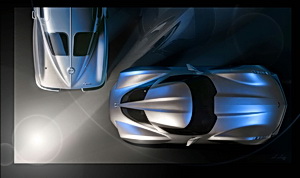 The C7 will be the first Corvette designed outside the US
The C7 will be the first Corvette designed outside the US
General Motors is looking to the future and realizes the current generation Corvette has a problem, its buyers are getting old. The average age of a Corvette buyer is 54 and each year is getting higher. Chevy is hoping to fix this by designing the next generation (C7) Corvette to appeal to a younger audience.
Chevy’s plan is to draw upon its pool of international design studios to come up with something that will interest a younger buyer. GM also hopes the international design will help give it more global appeal. Outside the US the Corvette is a poor seller. GM’s VP of global design, Ed Welburn said the target for the C7 is a design that feels trimmer and overcomes the stigma of being a large car.
Welburn has also said that the C7 will have a greatly improved interior. Less than stellar interior quality has been a sticking point for the Corvette for years and it would be wonderful to see it fixed. The question is, can GM make all these improvements and still be able to sell the C7 at a price a “younger buyer” can afford? Perhaps the age of the average Corvette buyer keeps going up because only an older buyer can afford a $50,000 car that seats two.
If you adjust for inflation, a 1980 Corvette would cost under $35,000 in today’s money and a 1970 model would just be a tad under $31,000. Inflation calculator’s are not perfect, but this does show an interesting trend. The Corvette average owners age may have less to do with the car’s image and more to do with economics. The Corvette may be priced to only attract an older buyer in the first place, so it seems odd that they would even want to pull in younger buyers. Also GM claims they want to interest European buyers, but in Europe the value added tax makes the Corvette rather expensive. A well equipped Camaro SS costs well over $30,000 so don’t expect the price on the C7 to drop.
So if the price cannot change, great looks and awesome performance will likely attract a younger buyer. It seems with all the design studio’s hard at work, the cars looks will not be a problem. Performance has never been an issue either with the Corvette, but GM has so far been silent about what will be under the hood of the C7.
Will GM keep the venerable large-displacement pushrod V8 or perhaps try something new like a turbocharged V6? Likely we will see improvements to the V8 in the form of direct-injection and maybe someday overhead cams. We will probably not see a twin-turbo model except if it has a ZR1 badge attached to it.
Perhaps the C7 will finally have coil springs in the back and ditch the transversely mounted leaf springs? This may be a mistake because the leaf springs used in the Corvette are lighter than traditional coil springs. Maybe composite materials can be used in the C7′s leaf springs and make them even lighter.
The next-generation Corvette is years off and right now we can merely speculate what the C7 will be. GM’s bid to attract young and foreign buyers may pay off if the economy continues to recover. We will have to wait until at least 2012 to see if the internationally designed C7 is a hit.





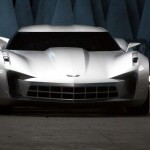
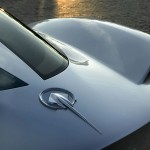

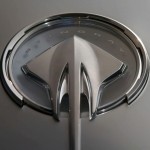
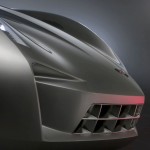
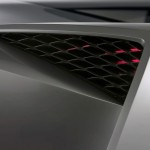
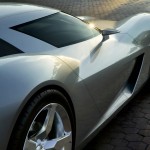
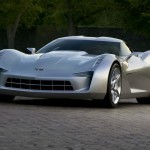



If it isn’t designed and made in the US of A, it aint a Corvette at all.